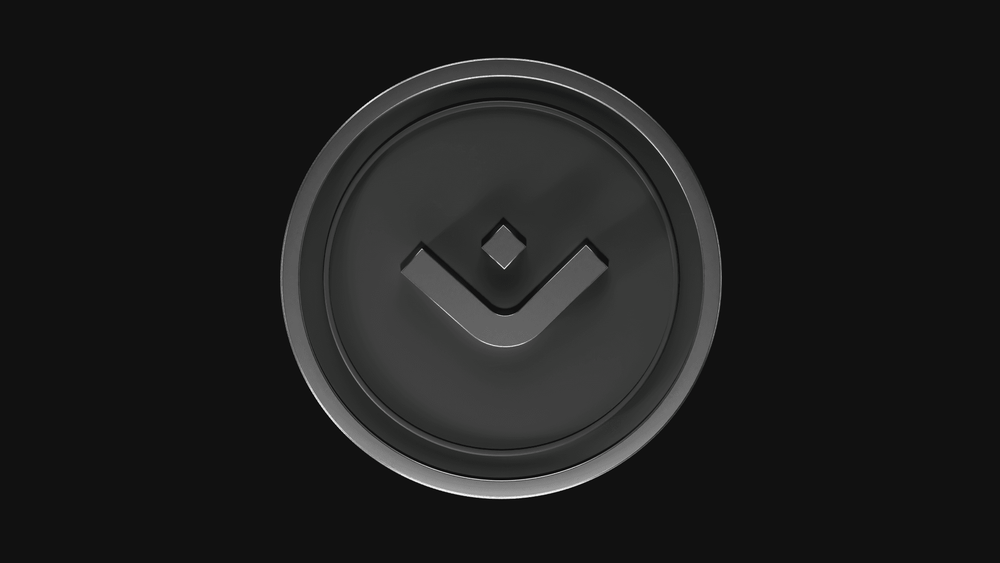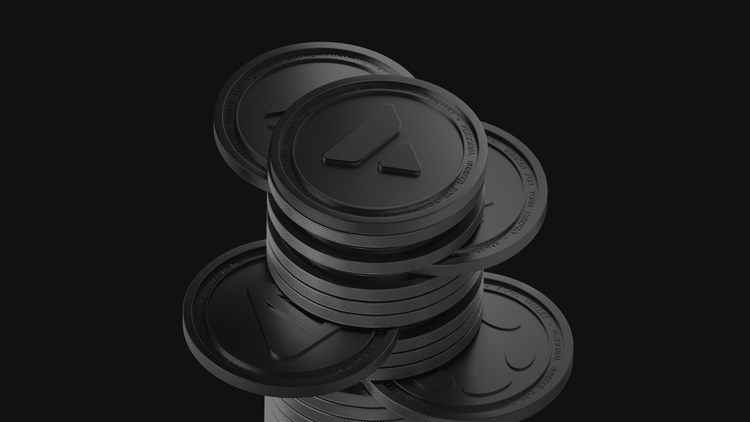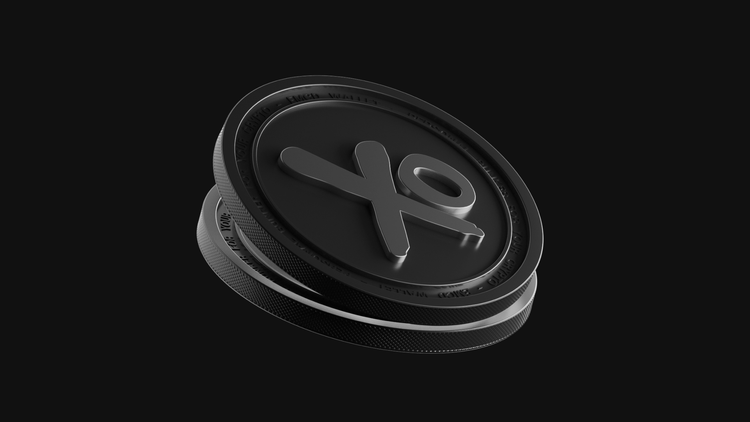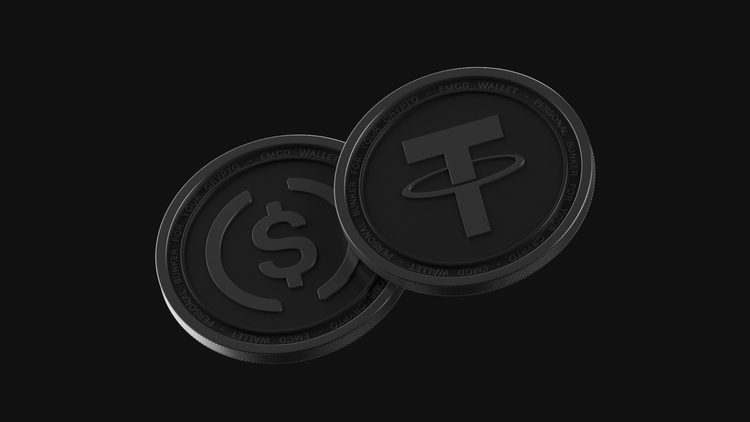Mantra (OM) Cryptocurrency Overview

Crypto projects often fall into three camps: those chasing speed, those chasing hype, and those chasing trust. Mantra (OM) is firmly in the third category. For those asking what is mantra crypto, it’s a platform betting that regulation and real-world assets will be the real drivers of blockchain adoption — not just memes or quick gains.
What is Mantra (OM) and its key features
Mantra is a Layer-1 blockchain focused on compliance and real-world finance. Built with the Cosmos SDK — a framework for creating interoperable blockchains — it connects seamlessly to Ethereum and other ecosystems. Unlike projects that thrive on anonymity, Mantra’s mission is to create a regulation-ready infrastructure where traditional institutions can issue tokenized assets.
Key features:
- Interoperability with Cosmos and Ethereum ecosystems
- Proof-of-Stake consensus with staking rewards for OM holders
- On-chain governance where users vote on proposals
- Compliance modules (KYC/AML) for enterprise adoption
- Tokenization of real-world assets (RWA) such as property and funds
So while others launch meme tokens, Mantra is trying to tokenize mortgages and bonds.
History and project development
Mantra was founded in 2020 by John Patrick Mullin and his team. It started as a DeFi hub, offering staking and lending tools, but quickly expanded into a full blockchain ecosystem. According to CoinMarketCap, OM was first issued as an ERC-20 token before bridging to Binance Smart Chain and Cosmos for wider adoption.
By 2023–2024, the project’s strategy shifted: instead of fighting for attention in crowded DeFi markets, Mantra focused on real-world partnerships. In the Middle East and Asia, the team began working with governments and private enterprises to tokenize real estate and investment funds. This gave the project a distinctive positioning: a DeFi chain that courts regulators instead of avoiding them.
How the Mantra blockchain works
Mantra runs as a proof-of-stake blockchain. Validators secure the network, and OM holders can delegate their tokens to earn staking rewards. Unlike traditional PoS chains, Mantra integrates compliance at the protocol level.
According to Mantrachain.io, the network includes modules for digital identity and anti-money-laundering checks, making it suitable for banks or governments issuing tokenized assets. This approach reduces the risk of regulatory pushback, which has derailed many DeFi projects.
In short: while most chains optimize for speed or privacy, Mantra optimizes for compliance — a less glamorous but arguably more future-proof choice.
OM Tokenomics: issuance, distribution, and use cases
The OM token is central to the ecosystem. Its original ERC-20 supply was capped at 888.88 million OM, and as of April 15, 2025, 99.995% of those tokens are circulating in the public market according to Mantra’s April 13 statement.
Main use cases:
- Transaction fees for using Mantra Chain
- Staking to secure the network and earn rewards
- Governance voting on protocol upgrades
- Access to RWA-based products and DeFi services
| Metric | Detail |
| Total supply | 888 million OM |
| Circulating supply | ~830 million (Q3 2025) |
| Token type | ERC-20, BEP-20, Cosmos IBC |
| Uses | Fees, staking, governance, RWA access |
This mix of utility makes OM both a technical necessity and an investment vehicle.
Core technologies and project innovations
Mantra’s innovations lie not in raw speed but in regulatory-first design.
- RWA tokenization: tokenized real estate, bonds, and funds
- Cross-chain interoperability: bridging Cosmos and Ethereum ecosystems
- Identity and compliance modules: enabling institutions to meet legal standards on-chain
According to CoinGecko, this dual positioning — DeFi tools with built-in compliance — is rare in today’s crypto market. It allows Mantra to attract not just retail users but also governments and financial institutions.
Advantages and disadvantages of Mantra (OM)
Advantages
- First-mover in compliance-oriented blockchain design
- Strong positioning in the booming RWA market
- Staking and governance opportunities for OM holders
- Partnerships with enterprises in Asia and MENA
Disadvantages
- Competes with larger ecosystems like Ethereum and Polkadot
- Regulatory dependence: favorable laws help, restrictions hurt
- Still relatively unknown among mainstream retail investors
The role of Mantra (OM) in the DeFi ecosystem
Mantra is not just another DeFi chain. Its role is to make decentralized finance usable for institutions that must follow the rules. While DeFi users chase yield farming, Mantra is focused on enabling tokenized property sales or government bonds on-chain.
According to The Big Whale, Mantra’s vision is to onboard trillions of dollars of traditional assets to the blockchain. If even a fraction of that flows through OM, it could dramatically reshape the token’s relevance.
Comparison: Mantra vs peers in RWA
| Project | Focus | Compliance level | RWA strategy |
| Mantra | DeFi + RWA | High (KYC/AML integrated) | Tokenized real estate, funds, government assets |
| Ethereum | Broad DeFi | Low (compliance externalized) | RWA via protocols like MakerDAO, Centrifuge |
| Polkadot | Interoperability | Medium (via parachains) | Experimental tokenization projects |
How to buy and store OM
For those wondering how to buy mantra om, the token is listed on exchanges including Binance, KuCoin, and Gate.io.
Buying OM in four steps:
- Create an exchange account
- Deposit fiat or crypto (USDT, BTC, ETH)
- Trade for OM on supported pairs
- Transfer to a wallet for safekeeping
Pro tip: avoid storing tokens long-term on exchanges. Use self-custody options such as MetaMask or hardware wallets. For those seeking passive income, OM can also be staked directly on the Mantra Chain or through supported exchanges.
Future prospects and analysts’ forecasts
Analysts agree that OM’s future depends on RWA adoption. According to Changelly, mantra coin price prediction models suggest moderate growth if institutional tokenization accelerates.
Industry data adds weight: Boston Consulting Group estimates the RWA market could reach $10 trillion by 2030. If Mantra captures even a small share, it would be a significant catalyst for OM’s value.
Still, risks remain: competition from Ethereum, regulatory uncertainty, and limited retail visibility could cap growth. For cautious investors, following mantra crypto news and ongoing mantra crypto review updates is essential.
FAQ
What makes Mantra (OM) unique among other cryptocurrencies?
Its compliance-first design and RWA focus set it apart from chains chasing speed or hype.
What are the main risks of investing in OM?
Volatility, tough competition, and global regulation.
Can OM be staked to earn passive income?
Yes, OM can be staked on Mantra Chain or exchanges for rewards.
Where is it safest to store OM tokens?
Cold storage hardware wallets provide maximum security.
What role does OM play in DeFi projects?
OM enables governance, staking, and access to compliant RWA products.
Is mantra a good investment?
That depends on your risk profile. The compliance-first approach may give it long-term upside, but crypto volatility means caution is always required.
Conclusion
Mantra om cryptocurrency isn’t trying to outpace Solana or out-meme Dogecoin. It’s trying something harder: building trust with regulators and institutions. If its strategy works, OM could be a front-runner in the $10 trillion RWA market.
For investors, it’s both an opportunity and a risk. Following mantra crypto news closely and comparing expert mantra crypto review sources is the smart move before committing capital. In a market driven by speculation, Mantra’s bet is simple: compliance may turn out to be the real disruption.




